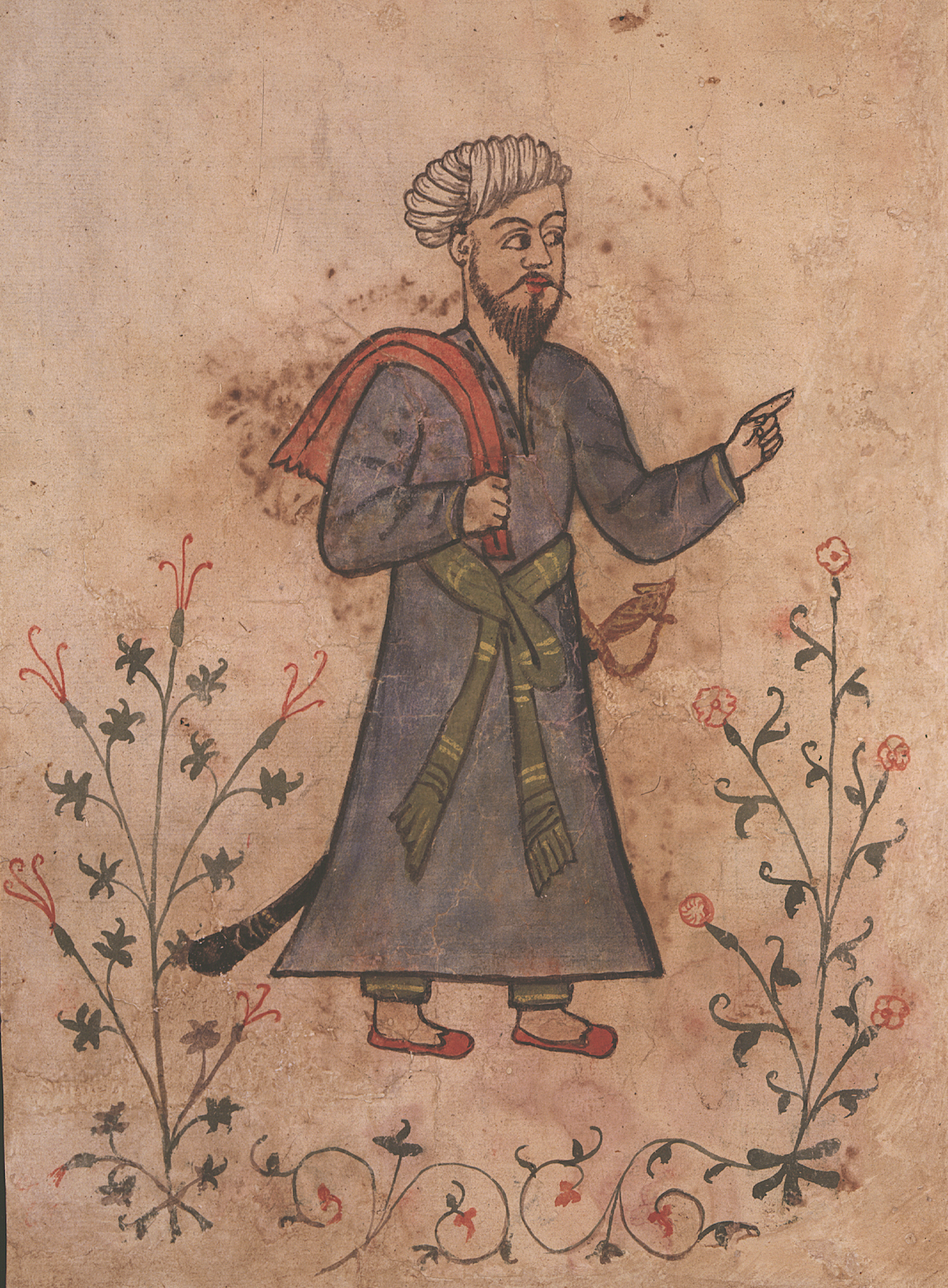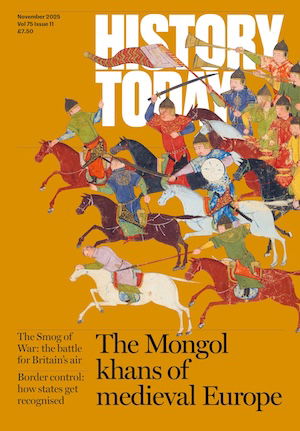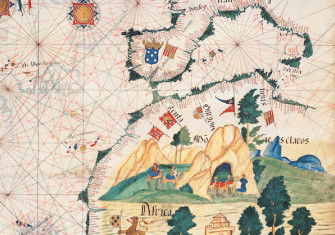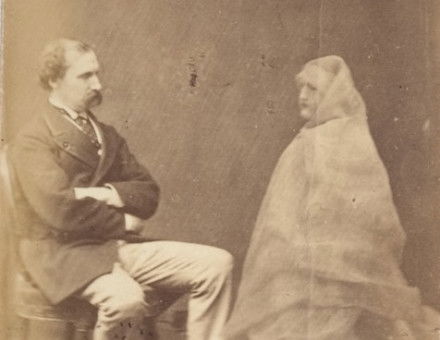Portugal, the Mamluks, and the Age of Discovery
For the Portuguese empire to rise, an old world had to give way. Rivals in Europe’s lucrative spice trade, how much did they know about the powerful Mamluk sultanate?

A small Portuguese fleet of three vessels captained by Vasco da Gama arrived in Kerala in May 1498 having sailed around the Cape of Good Hope. The voyage consolidated a process of Portuguese expansion that had begun in the 1410s, with the settlement of the Madeira and Azores islands and their first conquests in North Africa. By the middle decades of the 15th century, Portuguese fleets were regularly exploring the coast of West Africa, eventually reaching the Cape of Good Hope in 1487. From 1500 the Portuguese Crown maintained regular contact with the Indian Ocean, intent on profiting from its flourishing trade. Between 1509 and 1515, Portuguese governor Afonso de Albuquerque captured a series of key ports including Goa (1510), Melaka (1511), and Hormuz (1515), establishing the outlines of a maritime empire. From its Indian Ocean bases, Portuguese ambitions would stretch beyond Melaka as far as China and Japan, which they reached in the 1540s. Spanish entry into the Philippines in the 1560s led to the creation of triangular trade between Spanish Manila, and the Portuguese settlements of Macau and Nagasaki.







